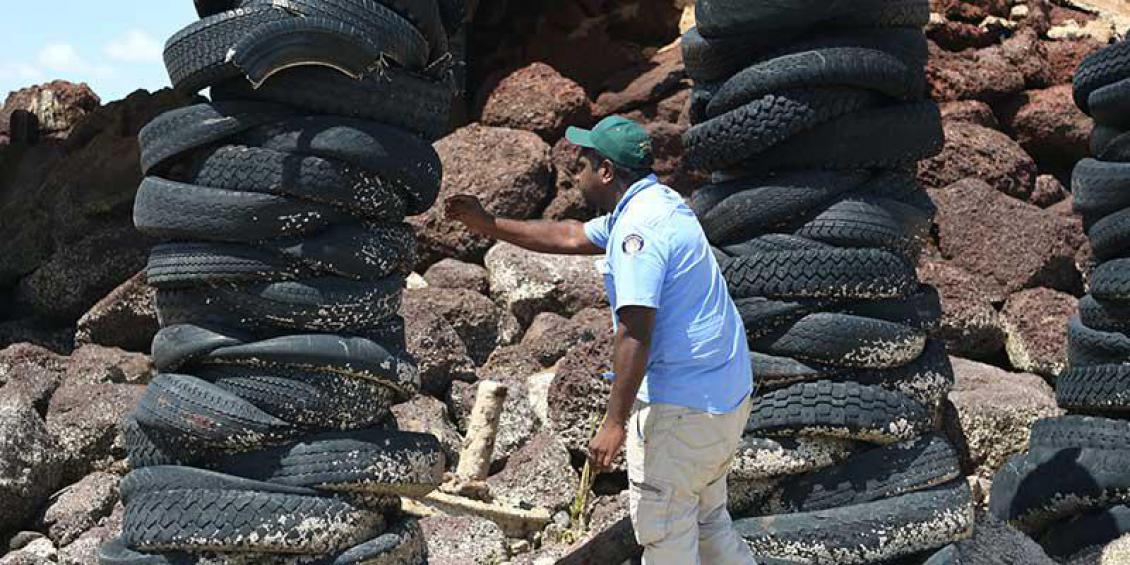Indigenous Rangers on the biosecurity frontline
Indigenous Rangers on the biosecurity frontline
National Indigenous Australians Agency

World Ranger Day celebrates the important work rangers undertake to protect our biodiversity and natural heritage.
This year, we focus our attention on the crucial role Indigenous rangers play in protecting Australia’s biosecurity.
Minister for Indigenous Australians, the Hon Ken Wyatt AM, MP, said Indigenous rangers around the country work to protect land and sea country for the benefit of all Australians and Indigenous rangers are “an important part of Australia’s conservation system”.
Across northern Australia, the number of Indigenous ranger groups contributing to the care of 10,000 kilometres of coastline through biosecurity has also increased from 40 to 65. Their work helps protect Australia’s $60 billion agriculture industry as well as our priceless natural heritage.
Minister for Agriculture, Drought and Emergency Management, the Hon David Littleproud MP said “In Northern Australia, Indigenous rangers are at the frontline helping to build and maintain our ability to limit exotic pests, diseases and weeds from entering our shores through unregulated pathways such as wind and tides”.
The Indigenous Ranger Biosecurity Program provides rangers with the skills and support to draw on their intimate knowledge of Country and conservation training to carry out a variety of activities on Australia’s biosecurity frontline. These activities include animal, plant and aquatic health surveillance, insect trapping and surveillance, plant host mapping, animal health reporting and biosecurity awareness.
In 2020 the role of Indigenous rangers in biosecurity is increasing with more than $12.5 million invested since 2016 on delivering opportunities for fee for service activities, capability building initiatives and Indigenous biosecurity traineeships.
This investment enabled the Apudthama Rangers in the far north of Cape York to act when a bamboo raft of unknown origin recently washed ashore. The rangers investigated the raft for biosecurity risks and sent samples to the Department of Agriculture, Water and the Environment for analysis. While the samples from the raft were later identified as a local species, the rangers’ swift action to destroy the raft ensured it posed no threat to Australia’s biosecurity.
Indigenous rangers across Australia will be able to continue their essential work with confidence as a result of the Government’s $700m commitment to extend the Indigenous Ranger program from 2021 to 2028. This funding will help Indigenous organisations to develop their programs and retain rangers that possess high levels of land and sea management skills.
Learn more about the Indigenous Ranger groups and Indigenous Protected Areas (IPAs) across Australia with this interactive map.
To see some of the biosecurity activities Indigenous Rangers do through fee for service arrangements, check out the video Country Handle with Care – Rangers (Episode 5).
To hear why Indigenous Ranger do what they do listen to the frontline biosecurity song.






